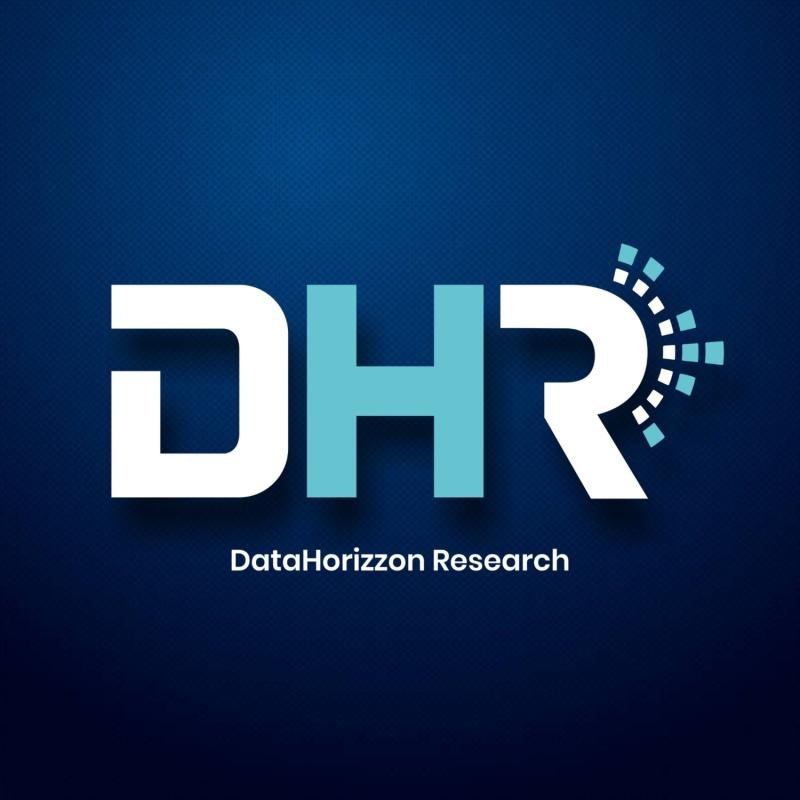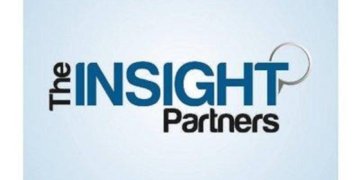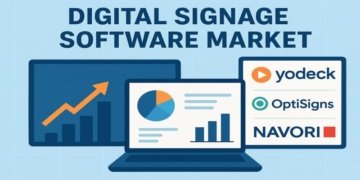According to a new study by DataHorizzon Research, the “Selective Catalytic Reduction (SCR) Market” is projected to grow at a CAGR of 5.2% from 2025 to 2033, driven by the increasing implementation of stringent emission regulations, rising demand for cleaner diesel engines, and expanding industrial applications that prioritize sustainable operations. SCR technology, a leading emission control solution, plays a pivotal role in reducing nitrogen oxide (NOx) emissions from diesel engines by converting them into harmless nitrogen and water through a catalytic reaction. As governments worldwide push for decarbonization and eco-friendly transportation, the SCR market continues to experience rapid growth across automotive, marine, and power generation sectors.
Market Size & Insights
The global selective catalytic reduction (SCR) market has become a cornerstone in the fight against air pollution. The selective catalytic reduction (SCR) market size was valued at approximately USD 11.6 billion in 2024 and is expected to reach USD 19.8 billion by 2033, growing at a Compound Annual Growth Rate (CAGR) of 5.2% from 2025 to 2033. The technology’s effectiveness in meeting Euro VI, EPA Tier 4, and other emission standards is driving widespread adoption across heavy-duty vehicles, locomotives, and industrial plants.
Automotive manufacturers are increasingly integrating SCR systems into diesel-powered engines to comply with emission laws while maintaining engine efficiency. Additionally, the rising use of SCR in stationary industrial boilers and power plants has broadened its market potential. The introduction of compact, lightweight SCR systems suitable for passenger vehicles further supports growth. Moreover, the market is benefiting from advancements in catalysts, urea dosing technologies, and sensor systems that improve conversion efficiency and reduce maintenance costs.
The growing focus on sustainability, coupled with government funding for green infrastructure, positions SCR technology as a key enabler in achieving global emission targets.
Get a free sample report: https://datahorizzonresearch.com/request-sample-pdf/selective-catalytic-reduction-scr-market-47068
Important Points
• Rising demand for emission control systems due to stricter global environmental regulations.
• Expansion of SCR technology across automotive, marine, and industrial applications.
• Continuous innovation in catalyst formulations for enhanced NOx reduction efficiency.
• Growing adoption of urea-based (AdBlue/DEF) injection systems in vehicles and equipment.
• Integration of IoT and sensors for real-time monitoring and optimized system performance.
• Increasing preference for fuel-efficient diesel engines equipped with advanced emission technologies.
Key Factors Driving the Future Growth of the Selective Catalytic Reduction (SCR) Market
• Regulatory Compliance: Implementation of Euro VI, EPA, and China VI emission norms mandates the adoption of SCR systems.
• Industrial Expansion: Rising demand for emission control in manufacturing, cement, and power generation industries.
• Technological Innovation: Development of compact and efficient SCR systems for both on-road and off-road vehicles.
• Sustainability Trends: Growing awareness of carbon footprint reduction and air quality improvement.
• Fleet Modernization: Replacement of older vehicles with advanced emission-compliant diesel fleets.
• Global Urbanization: Increased vehicle production and industrialization in emerging economies.
Top 10 Market Companies
• Johnson Matthey
• BASF
• Cormetech
• Ceram-Ibiden
• Robert Bosch GmbH
• Bosal
• Faurecia
• Haldor Topsoe
• Röchling Group
• Cummins Inc.
Market Segments
By Type of Catalyst:
o Vanadia-based Catalysts
o Zeolite-based Catalysts
By Product/Chemistry:
o Anhydrous Ammonia-SCR
o Aqueous Ammonia-SCR
o Urea-SCR
By Component:
o SCR Reactor
o Hydrolysis Unit
By End User Industry:
o Automotive Industry
o Power Generation
o Marine
o Cement Industry
o Others
By Region:
o North America
o Europe
o Asia Pacific
o Latin America
o Middle East & Africa
Recent Developments
• Leading catalyst manufacturers have launched next-generation SCR catalysts with improved NOx conversion efficiency at lower operating temperatures.
• Automakers are integrating lightweight and compact SCR units for passenger and light commercial vehicles.
• The marine sector has witnessed increased SCR adoption to meet IMO Tier III standards.
• Digital SCR monitoring systems with predictive maintenance capabilities are being implemented for fleet optimization.
• Collaborations between OEMs and chemical companies to enhance AdBlue/DEF fluid quality are gaining traction.
• Expansion of industrial SCR retrofitting projects in Asia and Europe to comply with updated air quality regulations.
Regional Insights
The Asia-Pacific region dominates the global selective catalytic reduction market, driven by massive vehicle production in China, India, Japan, and South Korea, along with rapidly industrializing economies implementing stringent emission standards. Europe follows as a mature market, with extensive SCR use in both automotive and industrial sectors to meet EU air quality mandates. North America continues to exhibit steady growth due to environmental legislation under the EPA and growing adoption of DEF systems in commercial fleets. Meanwhile, Latin America and the Middle East are emerging markets, with increasing awareness of clean technology adoption in energy and transportation.
Market Outlook
The future of the selective catalytic reduction market is shaped by innovation, regulation, and sustainability. As nations tighten air quality laws, SCR technology remains one of the most efficient solutions to reduce harmful NOx emissions from diesel engines. The transition to cleaner fuels, along with advancements in catalyst efficiency and thermal management, will further expand its applications.
In the coming decade, the industry is expected to witness a shift toward smart SCR systems that utilize real-time sensors, AI analytics, and cloud-based monitoring to improve operational accuracy and compliance tracking. Additionally, the growing integration of SCR systems in hybrid and alternative-fuel vehicles reflects the technology’s adaptability in the evolving automotive landscape.
With continued investments in research, improved material durability, and global collaboration for emission reduction, the SCR market will remain a cornerstone of sustainable industrial and transportation ecosystems. According to DataHorizzon Research, the market is poised for significant expansion by 2033 as governments and industries collectively move toward a cleaner, greener, and emission-free future.
Contact:
Ajay N
Ph: +1-970-633-3460
Latest Reports:
Filtration Equipment and Supply Market: https://datahorizzonresearch.com/filtration-equipment-and-supply-market-38577
VoIP Provider Services Market: https://datahorizzonresearch.com/voip-provider-services-market-39253
ADAS Calibration Service Market: https://datahorizzonresearch.com/adas-calibration-service-market-39929
Retail Management Software Market: https://datahorizzonresearch.com/retail-management-software-market-40606
Company Name: DataHorizzon Research
Address: North Mason Street, Fort Collins,
Colorado, United States.
Mail: sales@datahorizzonresearch.com
DataHorizzon is a market research and advisory company that assists organizations across the globe in formulating growth strategies for changing business dynamics. Its offerings include consulting services across enterprises and business insights to make actionable decisions. DHR’s comprehensive research methodology for predicting long-term and sustainable trends in the market facilitates complex decisions for organizations.
This release was published on openPR.
















